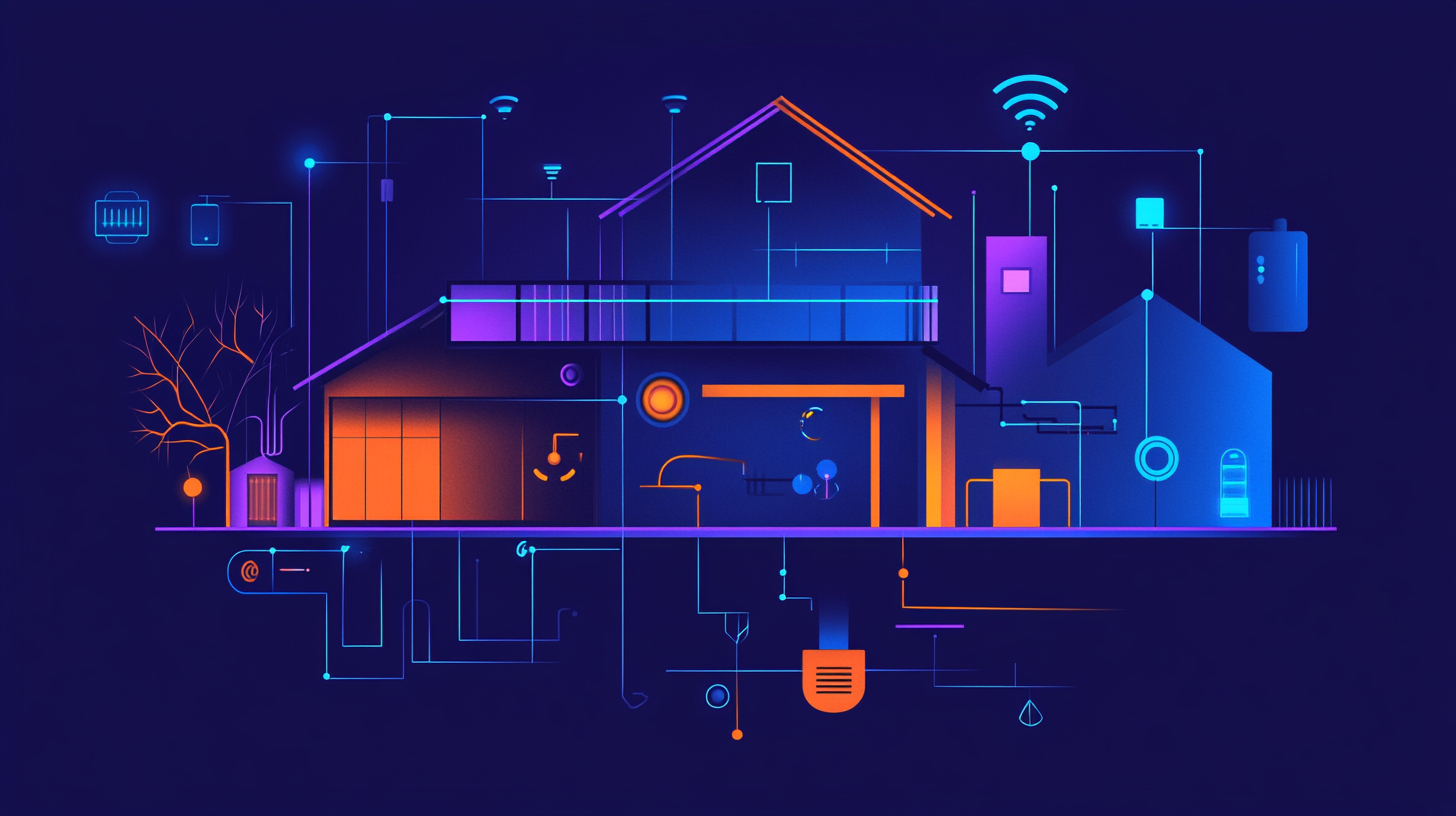
How to Read Electric Meter
We'll guide you through the process, ensuring you can confidently report your readings and perhaps even save a few quid on your energy bills.
How to Read Electric Meter
So, you've decided to take control of your energy usage and impress your friends at dinner parties with your newfound expertise. But first, you need to tackle the task at hand: how to read your electric meter. Fear not! We'll guide you through the process, ensuring you can confidently report your readings and perhaps even save a few quid on your energy bills.
Why Bother Reading Your Electric Meter?
Before diving into the nitty-gritty of how to read your electric meter, let's address the burning question: why should you bother? Regularly reading your meter ensures:
Accurate Billing: No more estimated bills that make your wallet weep.
Energy Awareness: Understanding your consumption can help you make savvy energy-saving decisions.
Avoiding Nasty Surprises: Keeping tabs on your usage means no unexpected charges.
Identifying Your Meter Type
First things first, you need to identify the type of electric meter gracing your humble abode. In the UK, the most common types are:
Digital Meter: Features an electronic display with numbers.
Dial Meter (Analogue): Resembles a collection of clock faces with pointers.
Smart Meter: The tech-savvy member of the meter family, often with a digital display and connected to your supplier.
How to Read a Digital Electric Meter
Reading a digital meter is as straightforward as queuing for a bus:
Locate the Display: Find the row of numbers on the screen.
Note the Numbers: Write down all the numbers from left to right, ignoring any digits after a decimal point or those in red.
How to Read a Dial (Analogue) Electric Meter
Ah, the classic dial meter—a relic that requires a tad more attention:
Observe the Dials: You'll see several small clock-like dials, each numbered 0 to 9.
Read Left to Right: Starting from the left, jot down the number each pointer indicates.
Mind the Position: If a pointer is between two numbers, record the lower number. If it's exactly on a number, underline it for now.
Important Quirk: If you've underlined a number, check the next dial to the right. If that pointer is between 9 and 0, reduce the underlined number by one.
Reading a Smart Electric Meter
Smart meters are like the James Bond of meters—sophisticated but approachable. Depending on your model:
Single-Rate Display: Press the relevant button (often labelled '9') to display your reading, usually marked as 'KWH'
Dual-Rate Display (e.g., Economy 7): Press the button to cycle through 'Rate 1' and 'Rate 2' readings, corresponding to different tariff times.
For specific instructions, refer to your meter's manual or consult your energy supplier's website.
Tips for Accurate Meter Reading
Regular Checks: Aim to read your meter monthly to keep on top of your usage.
Submit Readings Promptly: Provide readings to your supplier as per their guidelines to ensure accurate billing
Safety First: If your meter is in a tricky spot (like that cupboard under the stairs), ensure you have adequate lighting and take care when accessing it.
Conclusion
Mastering how to read your electric meter empowers you to take control of your energy consumption and billing. With this newfound knowledge, you can ensure accurate charges, spot any anomalies, and perhaps even impress your neighbours with your meter-reading prowess. So, grab a notepad, approach your meter with confidence, and take charge of your energy destiny!
